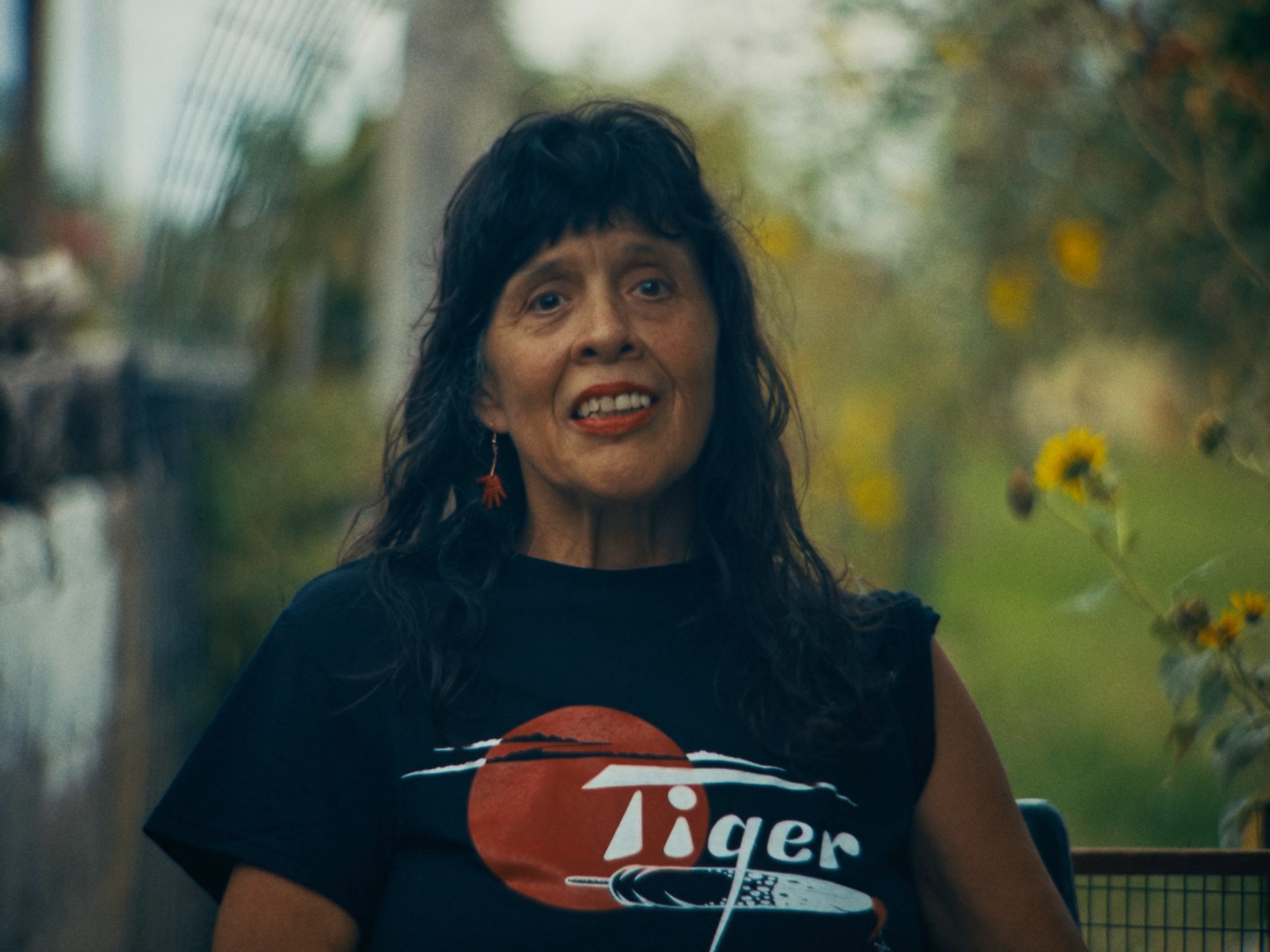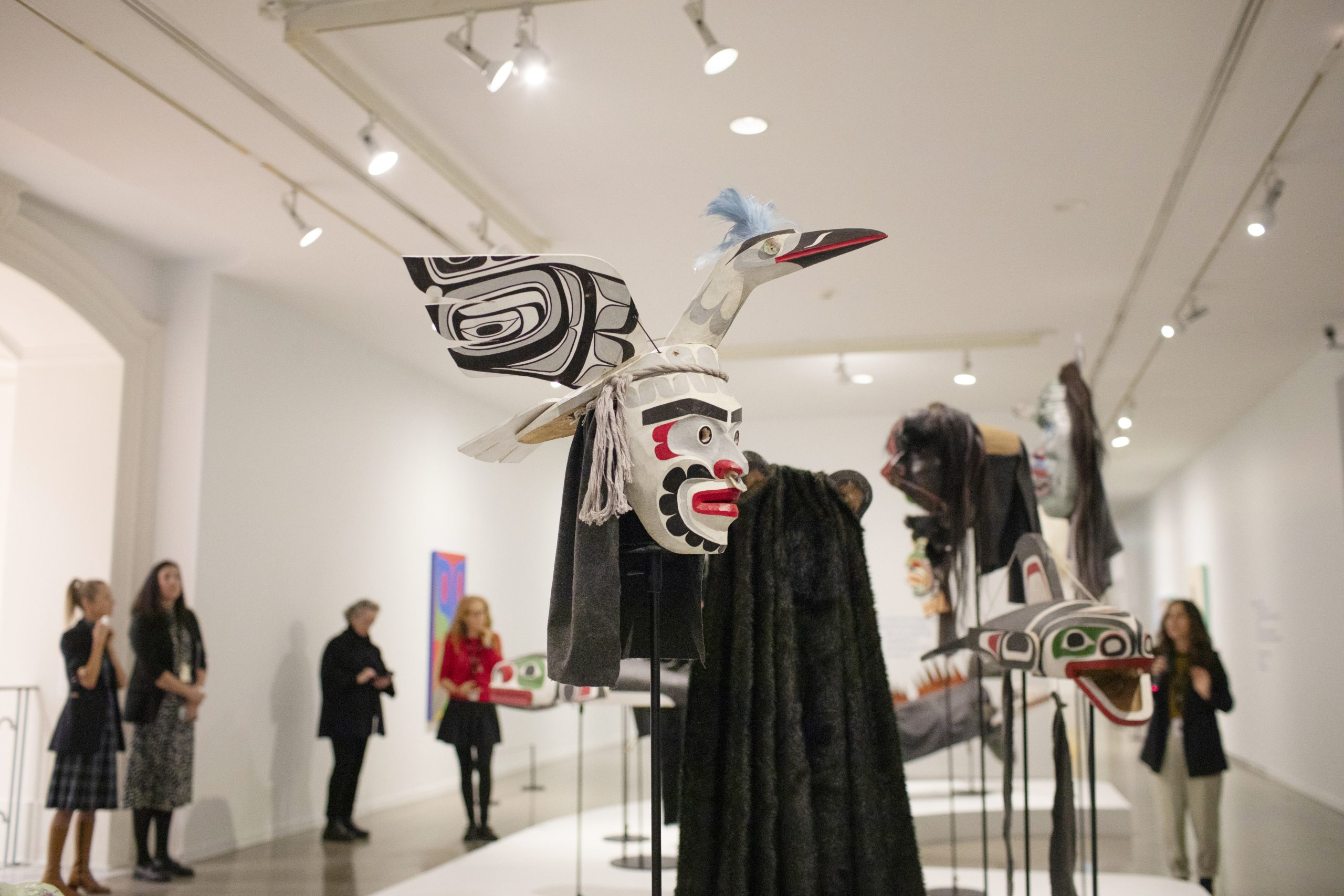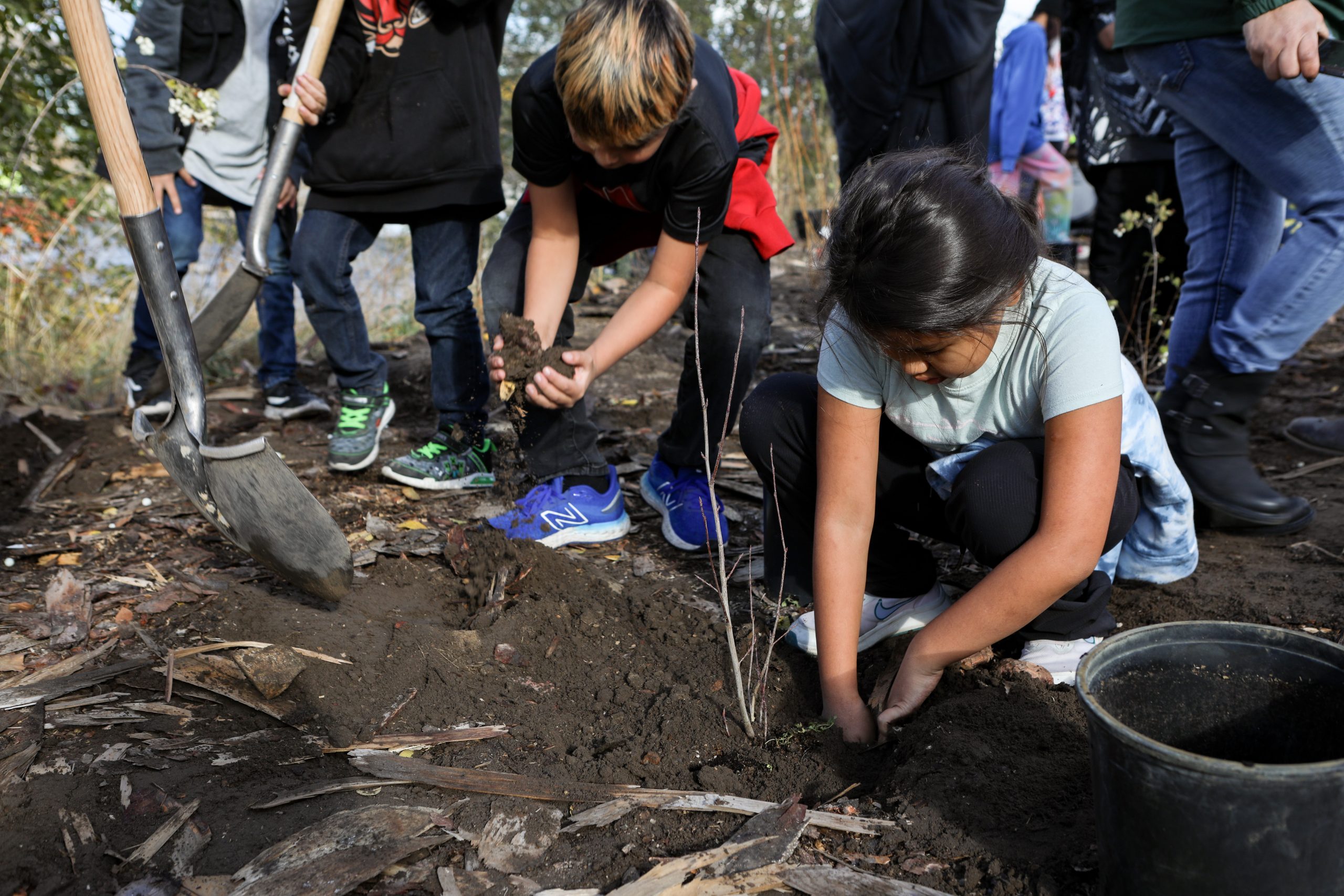How an Indigenous learning centre in the Okanagan is getting creative for fall
The En’owkin Centre is finding new ways to offer classes as the pandemic continues and school begins.

For thousands of years, the Indigenous culture has been taught through oral teaching and interacting on the land. This year, at many schools and centres for learning, that teaching has been disrupted. Since March 16, Okanagan’s En’owkin Centre has been closed due to the COVID-19 pandemic.
However, En’owkin (pronounced eh-now-kehn) is getting creative with how it will be continuing classes and programs as it reopens for online learning on Sept. 9.
En’owkin (“N’awqen” in the Nsyilxcən language) is governed by the non-profit Okanagan Indian Education Resources Society. It is located on the Penticton Indian Band reserve. Its faculty includes fluent speakers in the Nsyilxcən language, instructors, professional artists, writers and Indigenous advocates.
It is an Indigenous-led educational institution composed of traditional Syilx and contemporary learning environments. In fact, En’owkin has promoted the revitalization of the Syilx culture, knowledge and language since it was established in 1981.
“Our main philosophy for the En’owkin Centre has been mandated by the Elders, and it’s to preserve our language, because our language is an endangered language,” says Tracey Kim Bonneau, En’owkin’s manager of arts, culture and adult higher learning.
En’owkin offers a variety of Indigenous programs with courses covering cultural, educational, ecological and creative arts in the Nsyilxcən language. It also has accredited courses with the University of Victoria (UVic), Nicola Valley Institute of Technology (NVIT) and the University of British Columbia Okanagan (UBCO).
With all of En’owkin’s classes moving online this fall, their immersive learning ethos has had to shift.
“We never anticipated having to deliver [all courses] online,” says Bonneau, who is also my aunt. “There will be no face-to-face learning at all because we’re not confident enough that our learners would be disrupted if we do face a second wave of the COVID-19 pandemic. And the other reason is we need to keep our staff and our workers safe.”
Here are some of the courses En’owkin is offering this fall, and how each will be adapting to a new style of learning.
Foundations in Indigenous Fine Arts
This program is the longest standing partnership En’owkin has to offer their students, Bonneau says. Available alongside UVic, it teaches them how to become working artists, authors, actors and educators. Graduates will receive a Foundations in Indigenous Fine Arts Certificate, awarded jointly by En’owkin and UVic.
“We affiliate with public institutions to deliver programs that are community-based, in terms of the learners that want to learn the Nsyilxcen language,” explains Bonneau.
This program offers courses in visual arts and creative writing. It is meant to empower students to utilize traditional and contemporary storytelling methods, through visual or written work.
“One of the beauties of a school like ours, where language is promoted — we also encourage our students to use their own language either for the whole writing of the poem or a certain word in their language,” says Karen Olson, the instructor of the creative writing program. “We want people to understand that their language is an important part of who they are.”
While, in previous years, students would often study and work outside, the program will be moving entirely online this fall, which has been a considerable shift, says Olson.
“Being on the land, being part of the creation that we’ve been gifted with — sometimes being outside is freeing their imaginations.”
Now, all classes in the program will be offered through online learning software Brightspace.
“I’m just getting to know Brightspace, how to navigate, how to put my lesson plans in and I’m just on a learning curve, but also excited because it’s something new, too, and there are so many online offerings now,” says Olson.

National Aboriginal Professional Artist Training Program
The National Aboriginal Professional Artist Training Program (NAPAT) is a two-year program that was developed to teach students traditional art expressions, which includes storytelling, performance arts, media arts, painting, sculpture and installation art.
Prior to the pandemic, the NAPAT class was a three-hour session once a week.
“We go out on the land harvesting, gathering natural materials and fibres and, during class, we might have some handouts with information about some of the traditional methods of making tools. Like, we do some basketry, students have made birch baskets,” says NAPAT instructor Billie Kruger.
For the fall, the class will be offered through Google Classroom, which means less collective interaction with the land, but students will be able to work at their own pace while adhering to deadlines. Kruger has also been creating and delivering kits of materials for students to use for their projects, as they might not have access to many of these at home. All instructors will also be encouraging their students to utilize the traditional material surrounding them.
“Because we’re not in the classroom and it’s all online, I will be preparing kits based on the project or art piece that they’ll create,” explains Kruger. “I think that’s going to be really interesting, is that they’re going to be home.”
Nsyilxcən Language Fluency
En’owkin recently announced a four-year Nsyilxcən language degree, in collaboration with NVIT and UBCO. Options for a one-year certificate and two-year diploma are also available.
“Our institute has developed this degree so it allows individuals within the community to develop their fluency, while at the same time gaining accreditation,” Bonneau says.
The language program has been in the works for a decade, she says, and will be accredited through En’owkin’s affiliation with NVIT. According to the UBCO course listing, the goal of the course is not only to learn fluency in the language, but to learn about ways “to contribute to the language’s recovery and revitalization efforts in your communities.”
The program will be available online and offered in cohorts within the community. This means En’owkin will provide fluent speakers across different communities in the Okanagan for each cohort, along with a coordinator, while also accommodating Elders who are participating and will need additional technological support.
“We choose to go online because we want anybody that comes through us or through the virtual doors now, we want them to learn and make life better, and to still give an education so students can have a good profession,” Bonneau says.
Students will complete the first two years of the degree at En’owkin, and the following two at UBCO.

Moving forward
“This year will test how we can be creative and how we can engage the learners,” says Bonneau. “In some ways, there’s barriers, but then other ways, it actually provides access for communities that are staying safe.”
She adds that, with all programs moving online and all students now required to have online access, En’owkin has had to adapt to a technology-based teaching style, which has been difficult.
“Going from a face-to-face institution — it was one of the benefits of the organization, and the reason why learners come to En’owkin Centre is because of the setting,” Bonneau says.
Olson adds, “The challenge for us, [in] some of the more remote communities: how are they going to access our classes? We may have to change for some of the students, some of our students who may not be able to access Wi-Fi so easily as someone in the city.”
En’owkin is working with communities to offer support to students living in remote areas, or without access to technology. All programs, for example, will provide students with Chromebooks in order to access classes online while studying from home, says Kruger, and all creative projects will be graded by video and picture submission.
How students’ art work will be displayed for the public will also be shifting. In previous years, the Penticton Art Gallery or the Innovation Centre would showcase work in an exhibition.
“Now what we’re going to do is we’re going to incorporate those types of events online and invite the online public to come participate and join when we create those special events,” Bonneau says.
Details of what those online exhibits will look like and how they’ll function are yet to be determined by the faculty, who have been working on a back to school plan since July.
“We were known for delivering excellence because that’s the vision of the Elders, and it’s a colonial term, but all it really means to us is that we’re doing our best,” says Bonneau.
Editor’s note: As noted in this piece, Tracey Kim Bonneau is reporter Athena Bonneau’s aunt. At IndigiNews, we take journalistic independence seriously, adhering to the Canadian Association of Journalists Ethics Guidelines. Due to Bonneau’s role at En’owkin Centre as the manager of art, culture and adult higher learning, which is key in program development, we felt it was important to include her perspective in this piece.
Author
Latest Stories
-
‘Bring her home’: How Buffalo Woman was identified as Ashlee Shingoose
The Anishininew mother as been missing since 2022 — now, her family is one step closer to bringing her home as the Province of Manitoba vows to search for her
-
Short film showcases the inspiring story of Dana Tiger — and a family design legacy
Muscogee artist’s life, work, and fashion business are the subject of Loren Waters’ Sundance-acclaimed documentary ‘Tiger’












